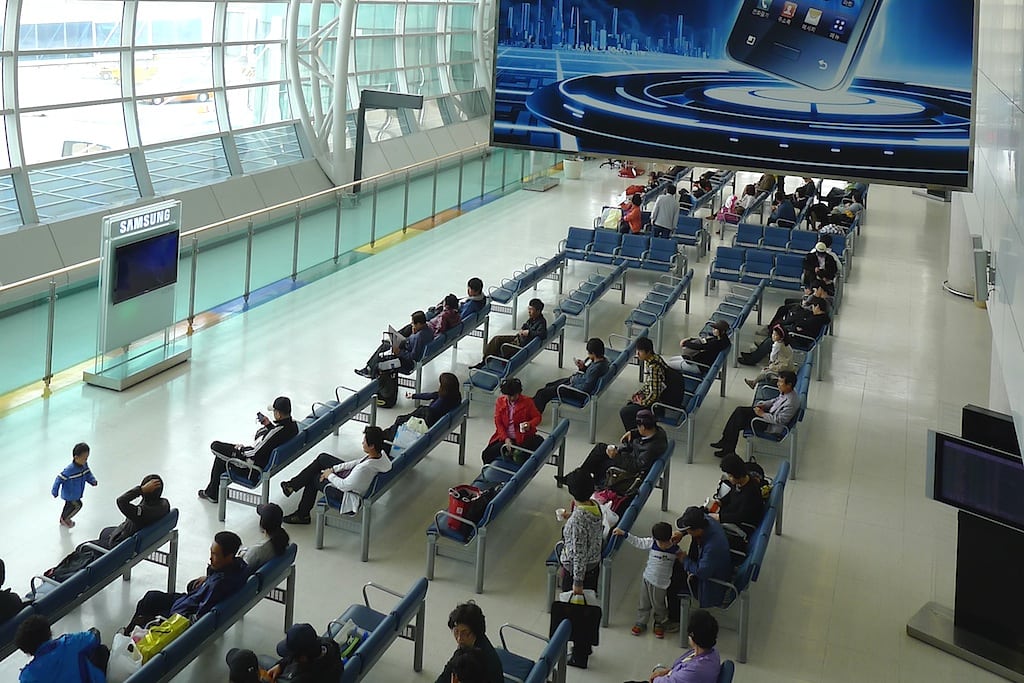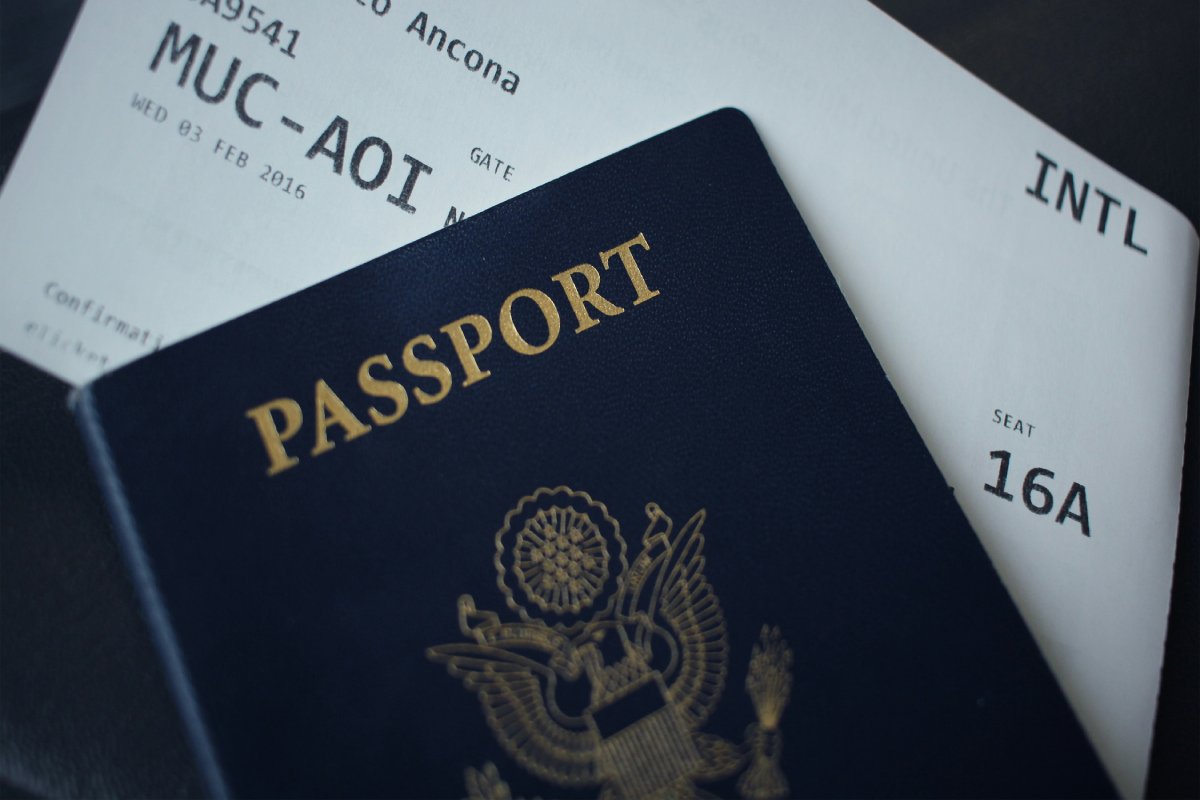The 10 busiest airline routes by passenger volume: Asia dominates

Skift Take
Research from travel-tech company Amadeus shows that 300 "super routes" were responsible for more than 20% of global airline traffic in 2012. That's not too surprising. What is impressive is that none of the top 10 routes are in North America or Europe.
| Region | Route | Passengers 2012 (Thousands) | Growth 2012-2011 | 2012 Rank (change in ranking from 2011) |
|---|---|---|---|---|
| Asia | Jeju-Seoul | 10,156 | 2% | 1 (=) |
| Asia | Sapporo-Tokyo | 8,211 | 8% | 2 (+2) |
| Latin America | Rio de Janeiro-Sao Paulo | 7,716 | -1% | 3 (-1) |
| Asia | Beijing-Shanghai | 7,246 | 7% | 4 (+3) |
| South West Pacific | Melbourne-Sydney | 6,943 | -2% | 5 (=) |
| Asia | Osaka-Tokyo | 6,744 | -11% | 6 (-3) |
| Asia | Fukuoka-Tokyo | 6,640 | -3% | 7 (-1) |
| Asia | Hong Kong- Taipei | 5,513 | 2% | 8 (=) |
| Asia | Okinawa-Tokyo | 4,584 | 12% | 9 (new) |
| Africa | Cape Town-Johannesburg | 4,407 | -1% | 10 (-1) |
Measured in origin to destination journeys traveled.
In fact, seven of the top ten routes in passenger volume are in Asia, which Amadeus states is "the largest, fastest growing and most competitive market for air travel." The other three routes in the top ten were Rio de Janeiro-Sao Paulo (#3), Melbourne-Sydney (#5), and Cape Town-Johannesburg (#10).
In Asia, which saw the highest growth (9%) ahead of Latin America (6%), 75% of routes saw competition from three or more airlines, and 27% of routes in Asia featured five or more operating airlines in 2012.
Amadeus sees Asia remaining on this growth trajectory in air travel, stating:
"This concentration of Asian air travel suggests the region’s growth may continue as there is an opportunity for airlines to develop secondary links beyond the heavily competitive super routes. In addition, the analysis shows that in Asia, the larger routes with over 100 thousand annual passengers have a 4%-9% growth range, but the smaller and medium sized routes in the region are growing at approximately 19%-21% per annum."
The competitive nature of routes in Asia contrasts with Europe, where one or two airlines compete on 45% of routes, and the Middle East, where 50% of routes see just one or two carriers operating flights.
In North America, just 22% of routes see four airlines operating schedules, Amadeus states.




